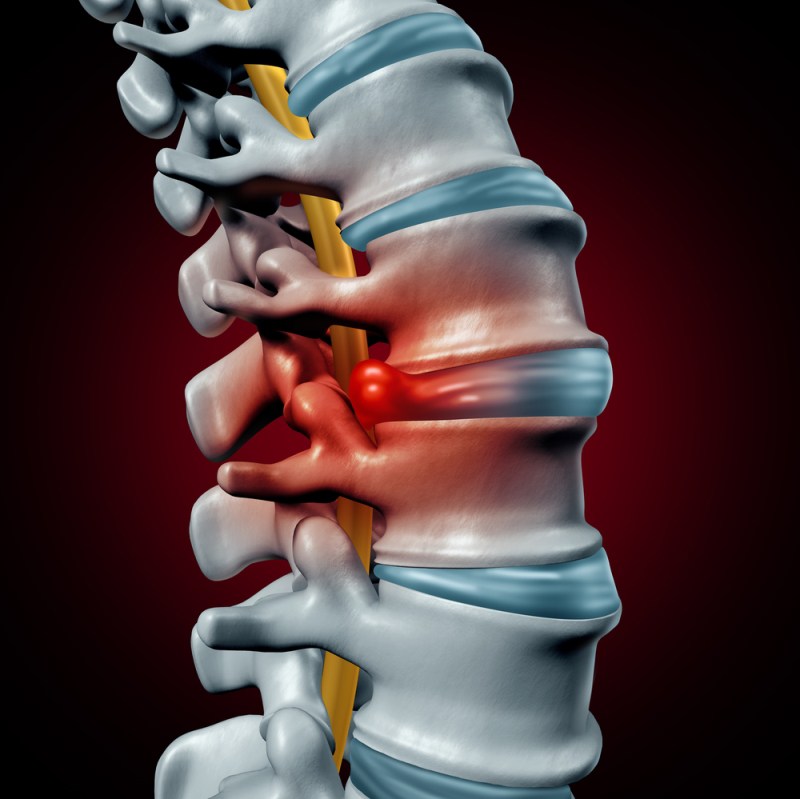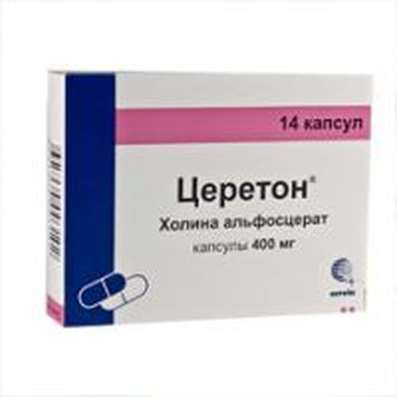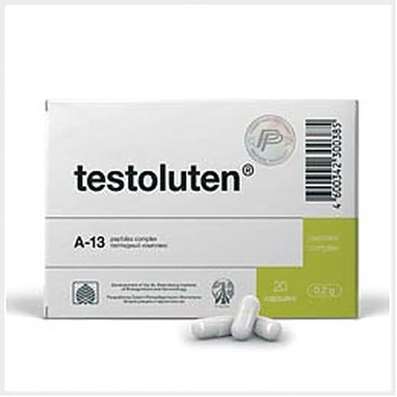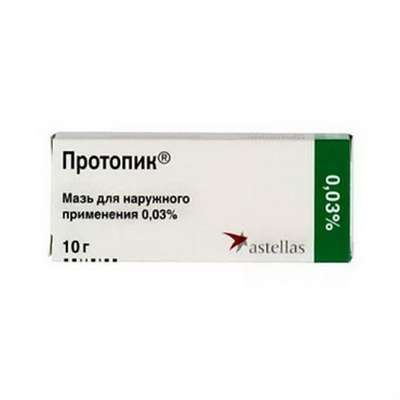Herniated disc: dangerous, but curable
31 Jul 2018
According to different researchers, in adulthood, osteochondrosis disturbs from 50% to 85% of the world population, and there is a distinct tendency to "rejuvenate" this disease. The reason is simple and obvious: a sedentary lifestyle with an incorrect posture and an insufficiently developed muscular corset. For a long time, changes in the spine can develop imperceptibly, but at one not the perfect moment a person incorrectly undertakes to lift the heaviness, turns in an inclination to reach something, just drives along a bad road for a long time - with inevitable jerks and vibration - and then suddenly the back "Shoots" ... Very often, such a sudden painful attack becomes the first symptom of a severe and, alas, very common complication of the spine osteochondrosis - a herniated intervertebral disc.

What happens to the disks
The intervertebral disc, contrary to a fairly common belief, is by no means a single "piece" of cartilaginous tissue, rather freely inserted between the vertebrae. Sometimes you can hear about the dislocation of the disc, which results in the damage to the nerves, and usually it is the imaginary appearance of the whole cartilage from its place: just insert the disc in place - and everything will pass ... Alas, it's not so simple.
Each intervertebral disc consists of 2 parts - a fibrous ring, a dense cartilaginous membrane, and a pulpous core, a jelly-like disk content. The core serves as a shock absorber for vertical loads and shocks, the fibrous ring supports the shape of the disc and serves as a "hinge" in the intervertebral joint. When the load along the vertebra is compressed, the height of the disc may decrease by 1-2 mm, with spinal distension or at rest - it increases by 3-5 mm. When you move, there is a constant change in the shape and size of the discs - normal, physiological protrusions with flexion and extension of the spine, not overlapping the spinal canal and not squeezing nerves.
However, with age, the condition of the disc tissues changes: the core becomes denser, the shell is less elastic, prone to cracking and bundle formation under load, and it returns worse to the original form after changing the load. In this case, prolonged sitting without movement contributes to the flattening of the discs: the muscular corset in this case is relaxed, and the weight of our body gradually squeezes the spine. If you sit all the time with an ideal flat, straight back, it's easier to avoid dangerous consequences, but who among us is able to sit for hours on end, "like a count swallowing"? And after all, any imbalance of posture immediately creates an uneven load on the intervertebral discs, they begin to shrink in one place, in the other - to protrude more ... If this condition is fixed - a small bulge appears on the disk, directed towards the least load. Usually it comes out either backwards or slightly to the side - because in a relaxed state we sit, slightly bent forward, and the front side of the discs works on the compression. And behind, behind the vertebrae, we just have a spinal canal, along the edges of which spines of large nerves leave the spinal cord. So even a small protrusion - the protrusion - of the intervertebral disc already creates the risk of injuries, accompanied by pain and impaired nerve functions.
Dangerous protrusion
However, usually a protrusion of up to 3 mm does not cause any painful sensations, a person may simply not notice it, such a change in the shape of the disc is detected only when the spine is examined. But the next stage of the development of a hernia - entrusion, or prolapse of the disc - is the rupture of the fibrous ring with the release of the core contents into the spinal canal. Prolapse can be partial - when the nucleus extends no more than 10 mm - or full, when the protrusion is 10-16 mm, and the fibrous ring is destroyed. Already with partial prolapse, dull, moderate pain in the back begins, and with complete pain it becomes strong, it prevents to live and work normally. The last stage of hernia development is sequestration, with the contents of the nucleus being separated from the remains of the disc and falling into the spinal canal, where it can move relatively freely, squeezing the roots of the spinal nerves and causing excruciating pain, as well as paresis or paralysis of the extremities.
Most often (in 90% of cases) the hernia is formed in the lumbar spine. This is due to the fact that it is the lower part of the lumbar region and the joint with the sacrum that take the greatest loads - and when walking, and when lifting weights, and when tilting or turning. Much less often - in 8% of cases - intervertebral hernias are formed in the cervical region, and only 2% falls on the thoracic department. Hernia in the thoracic region reports a permanent pain on the spot, especially in the most familiar sitting position. Hernia in the cervical region can be manifested by headaches, unexpected jumps in blood pressure, dizziness, pain in the hands or shoulders, numbness in the fingers. But the most typical picture is associated with protrusion in the lumbar region. Not too much pain in the lower back, which arose after an awkward movement, a rise in gravity, etc., few worries, despite the fact that something "crunched" in the back. Then within a day, pain and weakness spread along the leg, less often both. Depending on the point of protrusion, numbness and loss of sensation may be observed. Attacks of pain both in the back and in the leg are constantly repeated, intensifying with movements, especially those associated with the tension of the muscles of the back and abdomen - coughing, sneezing, straining in the toilet, etc.
The most correct position in such cases - lying (strict bed rest), preferably on the back, with slightly raised legs: you can put a pillow, a folded blanket. And it is necessary to call a doctor to determine the exact cause of the pain.
How to find and how to treat?
To accurately determine the location and size of the hernia without special examination, one can not do without: consultation of a surgeon, a neurologist, a radiography of the spine; if possible, you need to make a magnetic resonance imaging (MRI) of the affected area and the entire vertebral column. Such a comprehensive examination allows you to exclude the possibility of nerve damage and the appearance of pain for various reasons - for example, because of radiculitis, bony growths on the vertebrae, displacement of the vertebrae, etc. The accuracy of the diagnosis in the treatment of intervertebral hernia is very important, because the error can lead to such complications as paralysis of the lower limbs and impaired functions of the pelvic organs.
At small (up to 5 mm for lumbar vertebrae) protrusions it is quite possible outpatient treatment with the use of physiotherapy exercises and procedures of spinal traction. In the early stages, when the fibrous ring has not yet been destroyed, the development of the hernia can be stopped and even reversed, the body has the opportunity for self-healing. But the larger the size of the hernia - the more difficult it is to make, the more difficult will be the treatment, and in case of a large prolapse and especially sequestering, the patient's hernia needs to be placed in a hospital. If the symptoms of compression of the spinal cord develop, an immediate operation is required to remove the hernia!
In 90% of cases the hernia is formed in the lumbar spine
However, in most cases, treatment begins with the elimination of the most disturbing symptom - pain, which can make the patient's life unbearable. In addition, an important task is to remove the inflammation that occurs in response to trauma, as well as improve nutrition and blood supply to damaged tissues. Usually, first of all, NSAIDs - diclofenac, ibuprofen, indomethacin, etc., are prescribed, both inside and outside. At the same time, various anti-inflammatory and analgesic ointments, gels, etc. alone do not apply - only in combination with tablets or injections. Another feature of the use of external means with intervertebral hernia - they should be applied carefully, without trying to massage the sore spot. With severe pain, blockade with solutions of novocaine, lidocaine and the like can be prescribed. To improve nutrition and blood supply, reduce inflammation and accelerate recovery, pentoxifylline and Actovegin may be prescribed. In addition, with the reduction of pain (in the subacute period), electrophoresis and phonophoresis with various drugs, magnetotherapy, etc. are prescribed.
Approximately one month after the beginning of hernia treatment, a recovery period may begin. The dosage of medicines decreases, more attention is paid to physiotherapy, therapeutic massage, special gymnastics complexes. During this period, pain usually passes completely, but this does not mean that the disease can be forgotten. The recovery period takes up to six months, and if the patient violates the medical prescriptions, the hernia may well "return". So the general recommendation for convalescents is: do not sit for long periods without moving, do not sleep on too soft, corroded beds and mattresses, protect your back from twisting movements and lifting weights. In general, any physical load in this period is better to perform by wearing a special soft corset, fixing the belt, and with the neck hernia - a soft fixing collar. If there are such in your pharmacy - do not forget to offer them to patients who get funds from back pain.

 Cart
Cart





